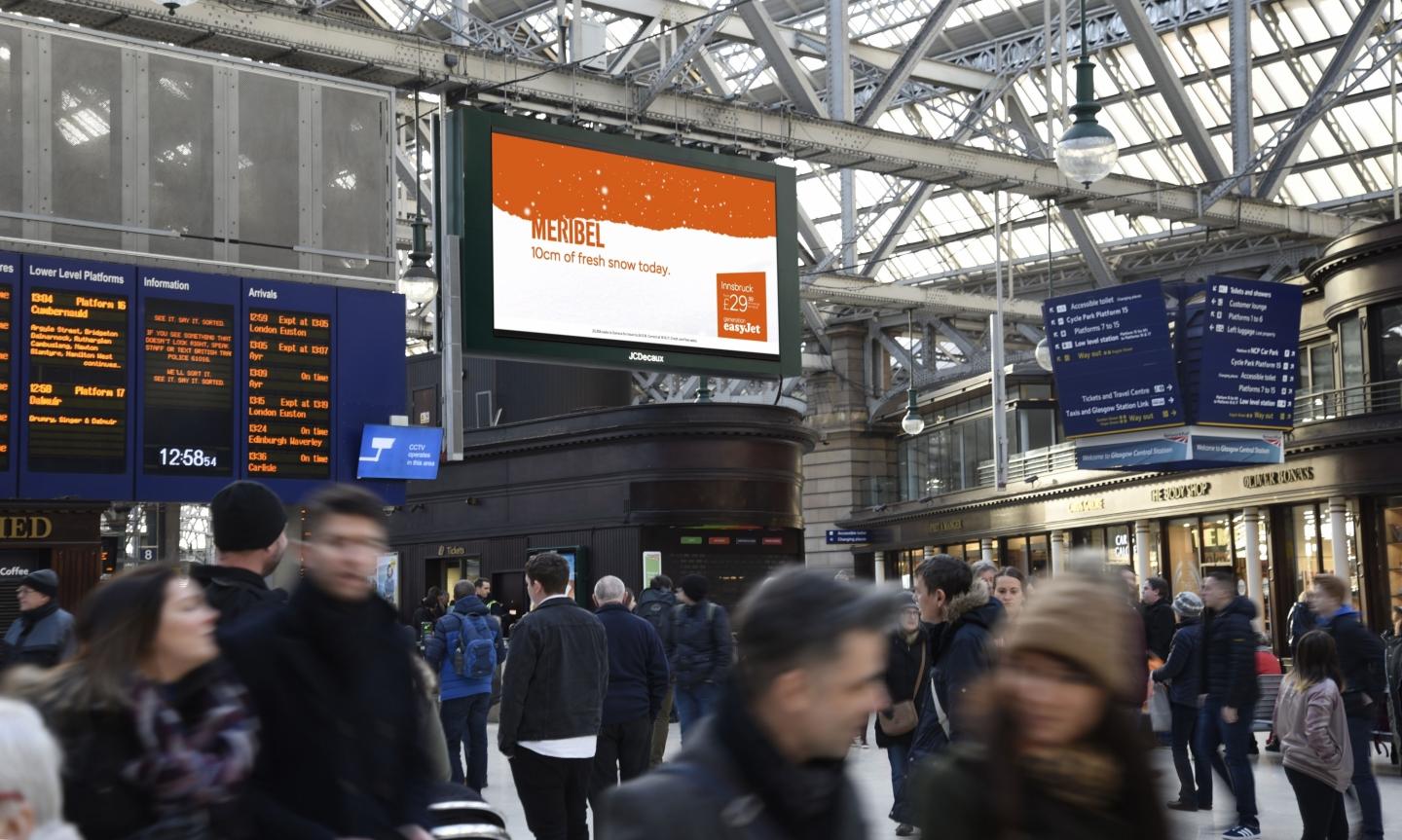Independence and experience: the new normal for the tourism industry
Today, consumers have access to more efficient research and booking platforms thanks to the growth of the internet and proliferation of mobile travel apps. As a result, approaches to booking travel have changed and today, consumers are more heavily involved in the planning process.
This coincides with the growth of the experience economy: according to Forbes, for example, ‘74 percent of Americans prioritise experiences over products.’ It’s perhaps no surprise that the preference for experiences over products has grown alongside the spread of social media. Inc. notes that ‘the experience economy burst into the mainstream vernacular in parallel with the rise of social media on-the-go.’
Brands are adapting their marketing strategies to meet their consumers’ increased control over travel planning and growing preference for experiences.
To reach these digital-native consumers steeped in the experience economy, travel companies are increasingly focusing on brand-building by providing memorable experiences (the beautiful city break, the luxurious beach holiday) rather than the product (the flight or the hotel room.)
Brands are supporting these efforts by using data to capture their audience in the right location, at the right time, to drive traffic to their websites.
Out-of-home advertising (OOH) is a vital medium in this process for brands to target an audience and advertise their services.
Brand building through a focus on experience
Due to the accessibility of reviews, and research that consumers can do online before travelling, it’s essential that brands optimise the first part of the consumer journey (awareness, familiarity and consideration) to influence purchasing decisions in their favour.
For travel and tourism companies, OOH can help capture an audience before purchase by immersing consumers in the countries they might visit, the culture they could experience, or even the flight they could take.
Jetstar Airways worked with JCDecaux to use eye-tracking technology that triggered a message on advertising screens to determine the exact area of the advert people were looking at. The airline displayed flight prices, and if consumers were lucky, they received gift cards worth up to $500 towards a flight from the panel. This campaign not only promoted the brand, but it connected with consumers by providing a memorable and engaging experience - 89% of users who started the interaction completed it.
To impress passengers with the range of tourist attractions in the city, Hong Kong Tourism Board dominated a local metro station and train with beautiful imagery. Passengers were immersed in the colourful displays, and could scan the QR codes with their phones to play an augmented reality game based on various local cultural themes. In one version, metro users could play a face-swap game with Chinese opera masks.
Providing relevant content in the right location
A tourism brand may have an excellent advertising idea – how does it know that the target audience will see it? Travel companies, especially online pure players, need to connect with their audience at the right time, and in the right location. Techniques such as point of sale are not sufficient anymore to reach their target audience. Brands are increasingly using data acquired through new technologies, such as mobile tracking, which enables them to track where and when to target their audience with OOH.
It is important that travel companies create relevant advertising content directed at the local community, showing authentic imagery and information that fits in with their day-to-day lives. Courtney McKlveen, Head of U.S. Field Sales at Oath, commented to DMNews that “Consumers look to brands where they can trust the content. A marketer needs determine where to position... [content] needs to be relevant to them when aligning with brand solidarity.”
A great example is a campaign by Easyjet. The airline took advantage of the cold weather by targeting travellers in railway stations across London, displaying current flight offers to ski destinations during the winter period.

As digital is a key advertising and sales medium for the tourism industry, brands can enforce the drive of online traffic through consistent and creative imagery in OOH advertising. OOH has been proven to increase mobile click-through rates by up to 15%, and tourism brands can take advantage of this medium to drive online traffic and target consumers.
The vital role of OOH
Online is becoming the primary platform used by travel and tourism companies as a hub for sales and advertising, and therefore driving traffic to their websites via online and offline mediums is essential. OOH plays a vital role in capturing an audience by brand building through providing immersive experiences, as well as directing the right content to consumers at the right time and in the right place.

